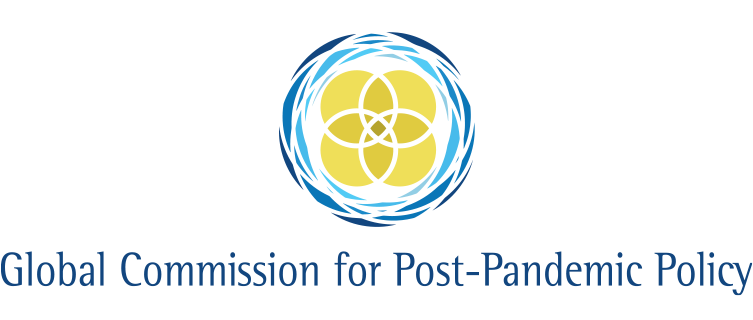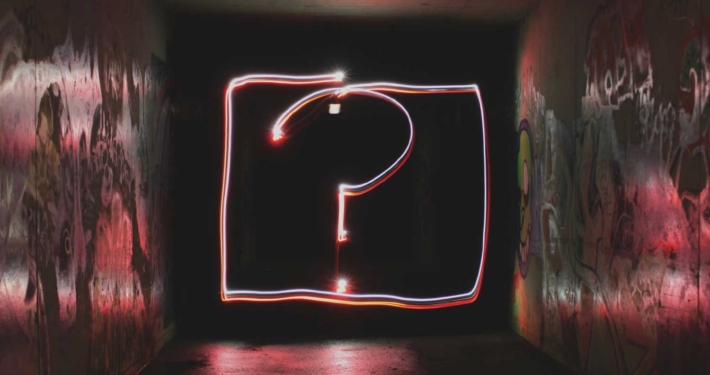Research Monitor
December 15th 2020
Health
In a study published in the journal Bioengineering and Translational Medicine, researchers from the National University of Singapore (NUS) used a ground-breaking machine-learning platform to derive the optimal combination of existing therapies against SARS-CoV-2, the virus that causes COVID-19.
The initiative was a sophisticated exercise in the difficult but vital process of drug repurposing: the task of identifying existing drugs and therapies known to be effective in treating one medical condition that might, in some combination, also be effective in treating another. It is often out of novel––but almost impossible to predict––interactions between unorthodox doses of existing drugs that a potent new treatment is born.
Unfortunately, the range of possible drug and dose combinations in which a unique new treatment exists can be gargantuan. For example, to test the possible combinations of 12 different candidate drugs, each at the industry standard of 10 different plausible doses, requires sifting through 1012––a trillion––different possible combinations. In reality, the constraint that a new drug combination can only be tested in vitro on a live infected cell culture makes this an impossible task.
Enter a judicious application of artificial intelligence. The team of researchers––based at the Cancer Institute of Singapore and the Department of Pharmacology at NUS––used an original machine-learning platform called IDentif.AI to help find the optimal combination treatment of COVID-19 applying existing drugs. The study used a patient-derived cell culture infected with live SARS-CoV-2 to test a 12-drug set. The drugs involved were: remdesivir, favipiravir, lopinavir, ritonavir (ritonavir and lopinavir are taken together to treat HIV), oseltamivir, hydroxychloroquine, chloroquine, azithromycin, losartan, teicoplanin, ribavirin, and dexamethasone. Each drug has been used in at least one study in clinical trials for COVID-19 treatment.
Instead of the industry standard of ten doses, using IDentif.AI the team found that only three plausible doses per drug actually needed to be tested. This still amounts to 531,000 possible combinations, but reduces the number of experiments needed by three orders of magnitude––a number small enough that the team could complete the entire study in less than two weeks.
Out of those experiments, the researchers found that the most effective combined treatment for COVID-19 was a combination of remdesivir, lopanivar and ritonavir in particular doses. While remdesivir on its own is known as the most effective single drug treatment for COVID-19, the optimal combination of remdesivir, lopanivar and ritonavir precipitates an unexpected interaction that produces a 6.5-fold increase in viral inhibition compared with remdesivir alone––almost totally inhibiting infection.
It is not yet clear whether the same dramatic improvement will translate to a clinical setting, but given that the optimal doses of the drugs are well in line with traditionally prescribed doses of each medication, the researchers are optimistic that the results will hold.
Economics
A study published in the National Bureau of Economic Research (NBER) Working Paper Series analyses the economic effects and optimal implementation of stay-at-home orders in the United States.
Throughout the United States, state and local governments tried to mitigate against outbreaks of COVID-19 using stay-at-home orders. Intended to limit social interactions and mobility, these policies were largely praised by public health experts for slowing the spread of the virus. However, there was also vigorous resistance, nominally on grounds of their perceived negative impact on the economy. Among policy makers, the orders also led to friction. Some politicians called for a nationwide stay-at-home order while others insisted that the choice should be left to state and local governments.
To investigate the actual impact of stay-at-home orders, the academics Mario Crucini and Oscar O’Flaherty from Vanderbilt University in Nashville, Tennessee, used daily state level data on labour markets and consumer spending to compare economic activity immediately before and after the implementation of the relevant policies. To isolate the specific effects of stay-at-home orders themselves––as opposed to the general dip in consumer spending precipitated by fear of the pandemic, for example––the researchers were able to use the differences across states to control for a host of confounding factors.
Not surprisingly, Crucini and O’Flaherty found that stay-at-home orders did have a negative effect on state and local economies. Total hours worked declined by an average of 6% two weeks after orders were enacted, while consumer spending maintained a consistent drop of 4% over the same time-frame. The academics’ baseline estimates suggest that stay-at-home orders reduced consumer spending by $10 billion and total earnings by $15 billion across the country. They estimate that these declines accounted for 10-25% of the total employment decline observed in the sample.
To study the optimal implementation of stay-at-home orders in a federal union like the United States, Crucini and O’Flaherty constructed a sophisticated model of geographic viral transmission and its effects on local economies. From a national welfare perspective, their model suggests that it is best for locations with higher infection rates to have tighter restrictions and mitigation measures imposed on them, rather than a universal national stay-at-home mandate. This confirms that despite its merits of clarity and simplicity, a national policy is overly restrictive of the economies of mildly infected areas and leads to a greater than necessary level of economic hardship overall.
Politics
In a new paper published in the journal Science Advances, a group of academics investigate the mechanism underlying the contemporary rise in social and political polarisation globally, and its relationship to economic distress. The paper’s conclusions suggest that a prolonged economic downturn due to the COVID-19 pandemic is only likely to accelerate these trends.
When explaining the recent emergence of nativist, nationalist populist movements and the rising levels of social and political polarisation that helped fuel them, scholars and journalists often resort to two broad categories of explanation. The first emphasises social identity, namely racial, ethnic, and nationalistic hostilities. The second focuses on the economic anxieties of populist movements and their supporters.
To investigate the relationship between these two explanations, Nolan McCarthy from Princeton University, Joanna Bryson from the Hertie School in Berlin and Alexander Stewart from the University of Houston construct a formal model describing how in-group and out-group relationships change when the economic environment changes. In this context, the authors define polarization as a social phenomenon in which a population divides into belligerent groups with rigidly opposed beliefs and identities that inhibit cooperation and undermine pursuit of a common good.
The model makes three basic assumptions. The first is that an individual’s economic success is determined both by their interactions with others and by the underlying state of the economy. The second is that in-group interactions are low- risk economic bets, but that out-group interactions offer higher––but riskier––economic rewards. The justification for this is that interactions with a more diverse community of collaborators allows for greater knowledge transfer, more innovative solutions to problems and––when successful––greater benefits to society than the equivalent in-group interactions. Finally, the model assumes that the behaviour of economically successful individuals is likely to be copied by others and spread through a society.
McCarthy, Bryson and Stewart go on to show that under a broad range of conditions the trade-off individuals face between trying to minimise their economic risk while trying to maximise their economic success leads to very different behaviours depending on an individual’s apparent economic prospects. When faced with economic decline, individuals are more likely to be risk averse and so stick to their in-group. In this model, since behaviour can be contagious, what emerges is a dynamic in which even a small sub-population facing economic hardship in an otherwise strong economy can tip a whole society into a state of polarization.
Concerningly, the model suggests that once a society enters a state of heightened polarisation it can become trapped in that sub-optimal state––even once the initial conditions that triggered the flip into polarisation have been reversed.
GCPPP Newsletter
We now publish a weekly newsletter to inform friends and supporters of the Global Commission’s progress and to provide updates when new content is published. Please sign up here:








